Introduction: Gamification in Education
Content development today requires flexible strategies that keep learners excited and focused on every concept. Gamification in education is one of the widely used methods today, as it weaves game mechanics into education programs to help people get involved better. It’s no longer about saying facts but using engaging features like rewarding and friendly competitions. Interactive learning environments exhibit curiosity and help participants absorb knowledge better. As a result, organizations see increased learner motivation, sharper concentration, and stronger retention. Many industries find that playful elements create memorable lessons in both academic and corporate settings. By embracing these strategies, developers transform ordinary content into dynamic experiences that encourage lasting growth.
Understanding Gamification: Turning Learning into an Interactive Experience
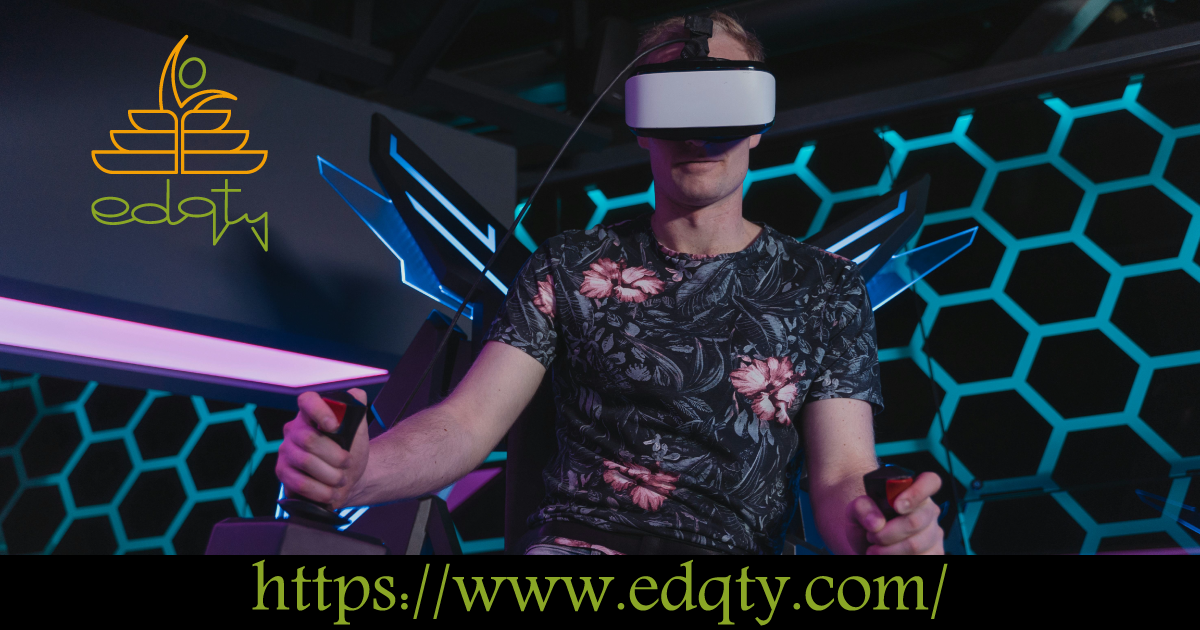
Gamification is the inclusion of game elements, such as points and dynamic challenges, to regular learning tasks. This is unique in the sense that it encourages learners to stay engaged in the learning process while covering complicated ideas at their own pace. Interactive learning awards rewards for each step covered by the participant in the form of badges or certificates. Such incentives encourage continued effort and a feeling of friendly competition among peers. The organizations use this technique to change boring repetitive instructions into an adventure journey with distinct landmarks. Learners become more of active participants instead of a mere listener if the lessons become mini-missions. This helps achieve higher retention rates, continuous motivation, and an easily measurable overall performance boost.
Gamification vs. Game-Based Learning: Key Distinctions and Applications

Gamification in education is the addition of certain elements of games to existing lesson plans, such as progress bars or leaderboard rankings. Game-based learning, on the other hand, uses fully realized games that surround a specific instructional goal. Each method encourages interest, but their scope and immersion are different in nature. One modifies existing content with playful additions, while the other bases curriculum around a game in itself. Based on learning goals, audience maturity, and technological constraints, educators opt for one or the other. With this understanding, organizations can choose the best method to increase interest and performance.
The Science Behind Why Gamification in Education Works
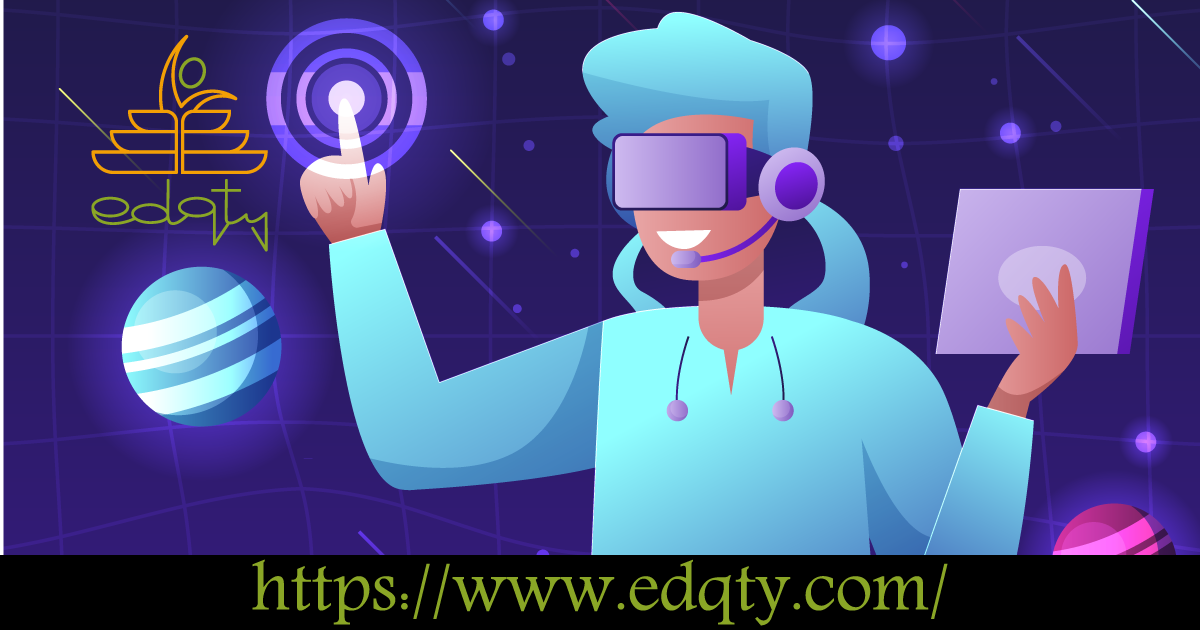
This means that gamification works because it taps into the human reward system, including dopamine release. As learners receive points or badges, their brains tie these signals with real achievements, and this encourages repeated engagement by improving both their confidence and their long-term memory. The process of setting targets and offering immediate responses creates a loop of continuous growth. This interactive learning loop transforms once-dull lessons into exciting quests that improve productivity. It also fosters creative thinking as it transforms problems into fun puzzles with instant feedback. Such psychological benefits explain why many organizations today depend on playful strategies to teach skills.
How Gamification Transforms Corporate Training?

Gamification is beneficial for corporate training as it turns dull lectures into lively, goal-oriented sessions. Factors like points, timed challenges, and friendly contests make it interesting and brings active collaboration between all the participating employees. Self-esteem is enhanced as these methods always award achievements. They also satisfy every learning style of an employee, let him work at whatever pace feels appropriate and comfortable for him. A healthy sense of competition is developed when people track their progress on leaderboards or earn unique rewards. Companies that use this approach often report higher completion rates and deeper retention of new information. This shift toward interactive learning can significantly enhance morale, productivity, and overall job satisfaction.
Incorporating Gamification Elements in Online Education

On the online platforms, gamification succeeds with digital badges, progress tracking, and immediate feedback. A badge celebrates learner success visually when a milestone is achieved and propels them further. Leaderboards foster friendly competition, and time-bound quizzes keep participants alert to deadlines. In some systems, mini-games turn tough subjects into bite-sized challenges, easier to digest. Such architectures immediately reveal each learner’s strengths and weaknesses, thereby directly instructing improvement at the individual level. These methods work seamlessly with interactive learning, thus enhancing both satisfaction and practical skill building. Incorporating online features with real-time interventions inspires organizations to provide resources for highest engagement levels and effective success rates.
Real-World Applications of Gamification in Learning and Development
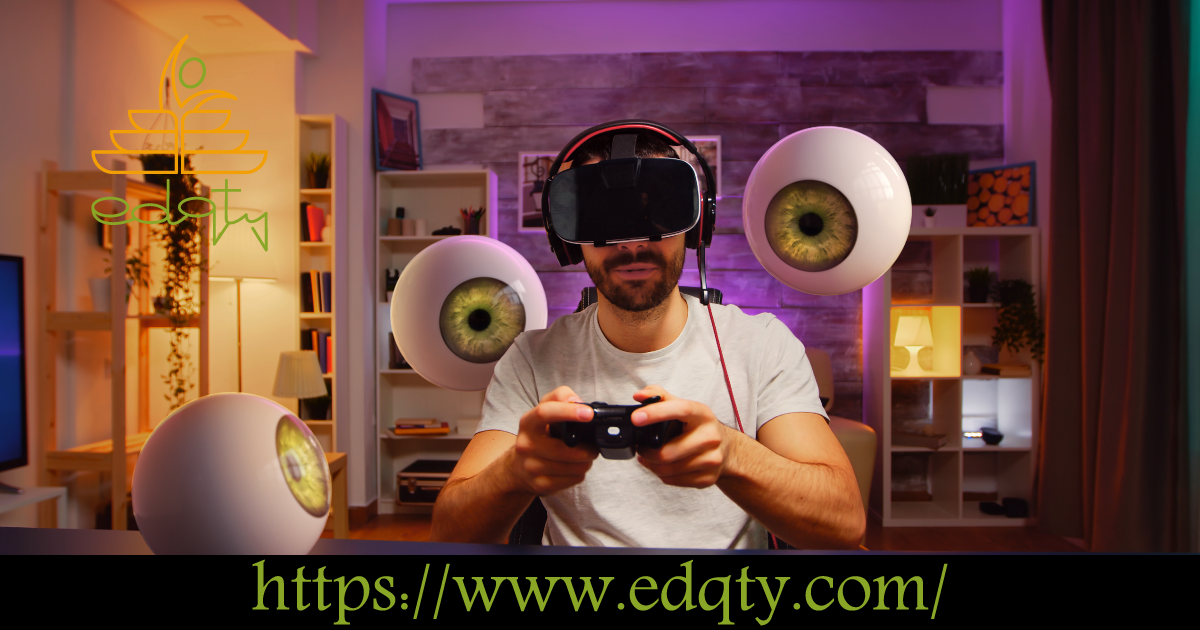
Several industries use gamification in learning to transform typical workshops into engaging experiences with clear goals. Onboarding of employees utilizes micro-challenges to direct new hires through policies and expected behaviors. Certification courses employ quizzes and scenario-based tasks that enforce skills gradually. Educational institutions engage in interactive learning through fun group activities that improve curiosity and teamwork. Health training employs real simulations that expose the right protocols and patient-handling techniques. Overall, this method adapts to different learning styles by blending fun with essential information. From school classrooms to executive seminars, these playful tools foster stronger engagement and lasting retention.
Emerging Trends Shaping the Future of Gamification in Education
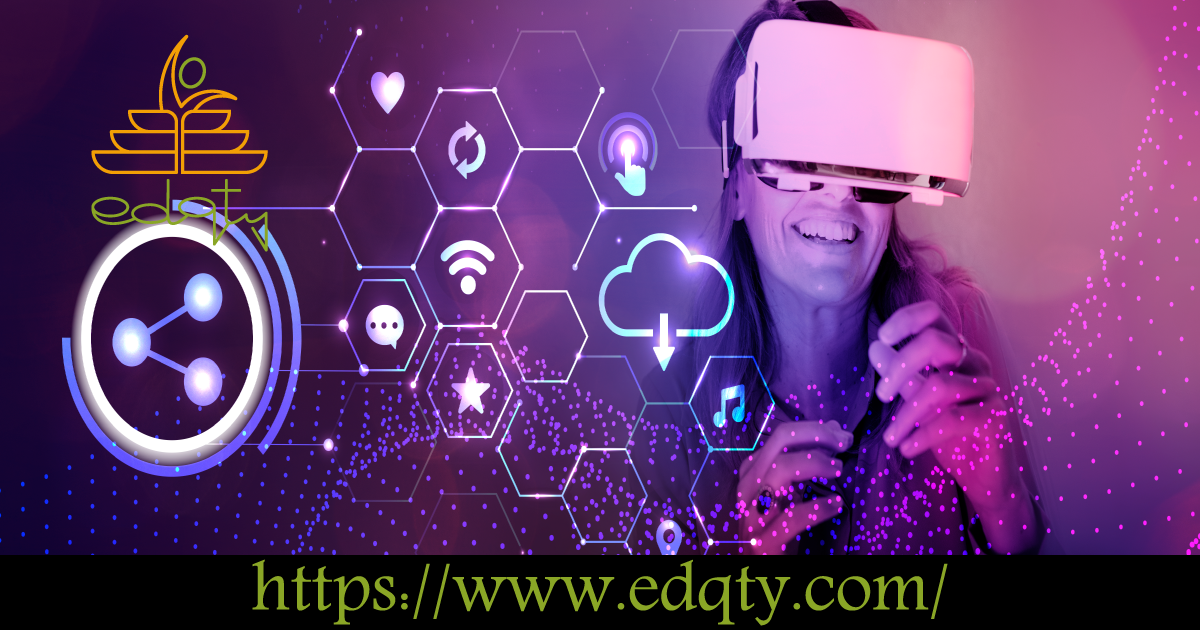
The evolution of technology is expected to see gamification using Virtual Reality (VR) and Augmented Reality (AR) in the near future. Such innovations create real-life scenarios that enhance hands-on practice and deeper understanding of complex topics. AI will soon make challenges adaptive, adjusting the level of difficulty according to each learner’s performance. Adaptive learning paths can ensure no two journeys are alike, and this will help boost personalized growth. Meanwhile, mobile-friendly interfaces will make interactive learning accessible from anywhere, encouraging steady progress. This promises to usher in an era where training seamlessly blends entertainment with efficiency and measurable outcomes. Organizations who utilize these techniques will be one step ahead of the game in every single educational setting.
Success Stories: Case Studies Demonstrating Gamification’s Impact
Gamification in education transforms learning and development in virtually every field by real-world examples. Research findings show increased motivation, better knowledge retention, and effective behavioral change when game elements are applied. Many organizations have shared their outcomes, which specifically show tactics to encourage engagement as well as build practical skills. Healthcare institutions eliminate errors through simulation, while financial firms perfect their market analysis by using interactive scenarios. Even more class participation can be seen in schools and universities through the gamification of tests and group projects. Educators and managers find ways to tailor proven strategies through reviewing these success stories. The following sections elaborate on some significant use cases by highlighting the flexible nature of interactive learning solutions.

1. Revolutionizing Healthcare Training Through Gamification
In the healthcare industry, gamification aids in staff preparation on emergency protocols and communication with patients. Simulation replicates scenarios to train doctors and nurses to save lives by executing critical procedures without the dangers involved. Virtual badges for instant decisions and team effort help ingrain the right behaviors at crucial times. This system also informs individuals about precautionary care so that they develop healthy lifestyles and make better decisions in advance.
2. Gamification Driving Innovation in the Financial Sector
In finance, gamification sharpens analytical skills by creating practice platforms with simulated trading options. The learner places virtual investments and watches market fluctuations, which teaches the management of risk in a safe environment. Scoring systems point out well-researched decisions, pushing participants to refine their strategies and stay informed. This dynamic approach promotes problem-solving, fosters logical thinking, and helps staff adapt to shifting financial trends.
3. Boosting Student Engagement in Educational Institutions with Gamification
Schools and colleges make learning interactive with the help of digital quizzes and group contests. By giving badges for perfect scores, teachers encourage students to study material until they master it. Group tasks like classroom challenges enable the learners to build teamwork and communication skills. Studies show that such playful approaches improve attendance in classes and enhance academic performance in general.
You Might Like: Cognitive Abilities in Child Development: Parent Guide
Crafting Effective Gamification Strategies for Training Programs

A successful gamification strategy starts with clear objectives, ensuring that every game element supports specific outcomes. It is wise to combine tangible incentives like points or certificates with intangible rewards like recognition. Storylines keep participants eager to explore content, whether they are new hires or experienced staff. Timely feedback guides learners toward correct practices, showing them areas that need improvement. Group challenges are designed to encourage team collaboration and apply real-world experience with minimal risk. Regular checks on progress ensure that trainers may adjust the levels of difficulty while keeping the students engaged at the optimal pace. Customizing such tactics to an organization’s culture will help trainers develop vibrant learning programs that inspire growth.
Overcoming Challenges in Gamification Implementation

While gamification in education offers many advantages, it can face obstacles, such as limited technology or reluctant learners. Some participants might find game elements childish or distracting, preventing them from taking the material seriously. To overcome this, organizations should run pilot programs that highlight real benefits, easing doubts and reducing fear. Technical hitches also arise if platforms lack proper support or overload older devices. A solid software and simplified instructions will ensure smooth and easier adoption in diverse user groups. Routine update and performance reviews will help identify early possible issues with a smoother, more effective experience. Thorough planning and flexibility will transform possible losses in attempts into further chances for improvement.
What Experts Say About the Role of Gamification in Education?

Industry experts often hail gamification as an approach to transforming dull instruction into exciting experiences. Researchers explain that well-crafted challenges can generate curiosity and lead learners to be persistent with challenging tasks. They also state that fun has to be balanced with real education content. Experts feel that instant rewards and open feedback loops direct steady improvement in any field. Peer-reviewed articles demonstrate a relationship between interactive learning and long-term retention of knowledge, especially in skill-based roles. Specialists suggest pilot testing, user surveys, and routine adjustments to stay relevant in shifting markets. Across sectors, these insights affirm that playful design can drive performance and foster deeper learning.
Exploring Future Research and Technological Advances in Gamification

Ongoing research investigates how gamification can adapt to the development of new technologies, such as AI-powered personal assistants and smart wearable devices. Researchers are designing automated feedback systems that recognize patterns and tailor lessons for each user. They consider how advanced simulations might be designed to mimic real-world contexts to allow deeper practice in safe spaces. An area of focus is measuring emotional engagement, since motivation is linked to positive learning outcomes. Future research may further hone strategies to make interactive learning more precise, flexible, and accessible across different demographics. New studies promise to expand the impact of playful education by bridging psychology, technology, and user experience. This evolution ensures learning remains relevant and empowers learners to achieve levels of success.
Best Practices for Integrating Gamification into Content Development
Proper gamification of content development involves a structured approach in line with learner needs. The developers need to consider technology constraints, user preferences, and course objectives while selecting game elements. Early prototypes or pilot sessions reveal potential challenges, enabling teams to refine designs and instructions. Collaboration among subject experts, graphic designers, and instructional specialists ensures balanced content that holds attention. Ongoing updates ensure the program stays fresh, with new topics or features able to be added as needed. Engagement and learner feedback help shape future revisions and ensure strong educational value. These best practices form a foundation for enjoyable and results-oriented learning journeys.
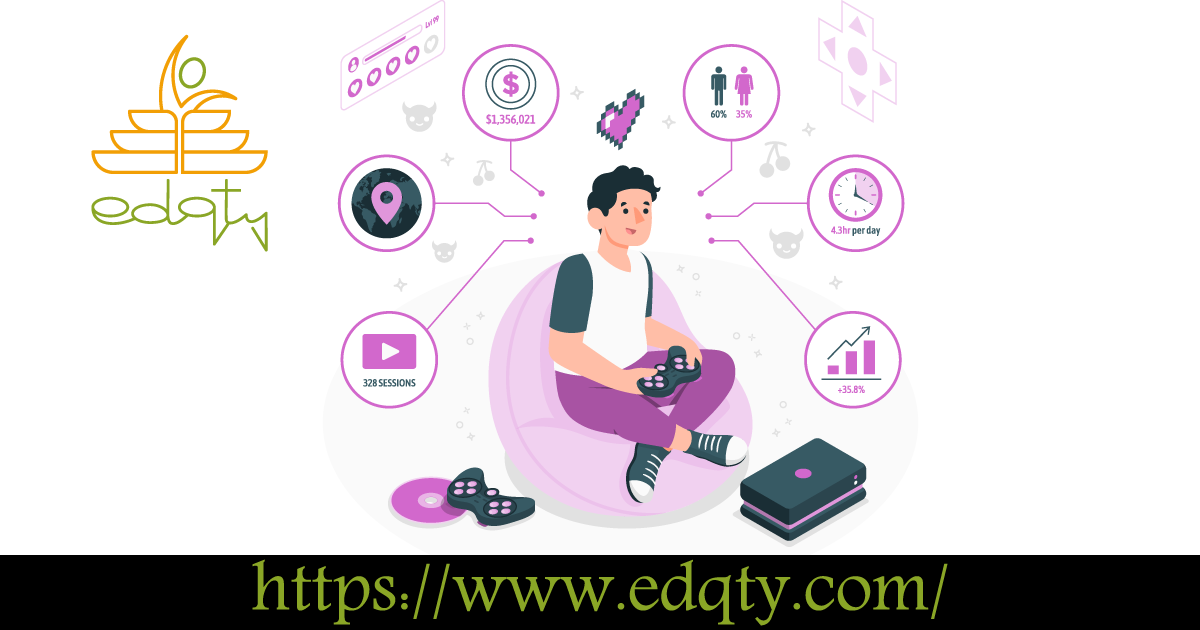
1. Designing User-Friendly, Engaging Gamified Interfaces
Clear graphics and simple navigation are a step toward an attractive interface. Bright icons or interactive menus help guide students toward what they can do next. Good labeling allows access to everything from progress bars to hint buttons. User testing often exposes confusing layouts or slowness in loading pages that kills the motivation. Developers tune these into something fluid enough to keep them coming back.
2. Aligning Gamification Features with Learning Objectives
Every game feature must be aligned with particular goals, such as retention boost or team cooperation. Points, badges, and quizzes should be aimed at focusing learners on essential concepts rather than deviating them from core course material. Each reward should be tied to a real skill that keeps learners focused on meaningful progress. These decisions support the learning of key lessons as participants develop knowledge and skills that your program intends to teach.
3. Enhancing Learner Motivation Through Game Mechanics
Motivation thrives when learners see clear benefits to advancing in a system. Minor milestones, such as completing mini-tasks, reinforce learning behavior through numerous repetitions and builds confidence. Real-time acknowledgement of the virtual trophy or honest appreciation creates a desire to learn more. This way, organizations that provide both group and individual challenges will provide for the multiplicity of personalities involved. The structure in this design will ensure that competition, collaboration, and constant feedback all fortify the user experience.
Innovative Opportunities and Future Applications of Gamification

Looking forward, gamification in education may extend beyond formal education to personal development apps and social platforms. We will see deeper integration with voice-activated systems, where prompts and responses feel more natural. Cross-industry partnerships can lead to shared data, helping companies tailor challenges for broader audiences. Emerging design principles will emphasize accessibility, ensuring that people with diverse abilities benefit from interactive learning. Better analytics will be able to offer real-time insights into user behavior, guiding continuous improvements to keep content fresh. From language apps to workplace training, new formats promise experiences that adapt to personal goals. As technologies advance, these features become intuitive and seamlessly merged into daily life.
Maintaining Relevance: Strategies for Continuous Gamification Improvement
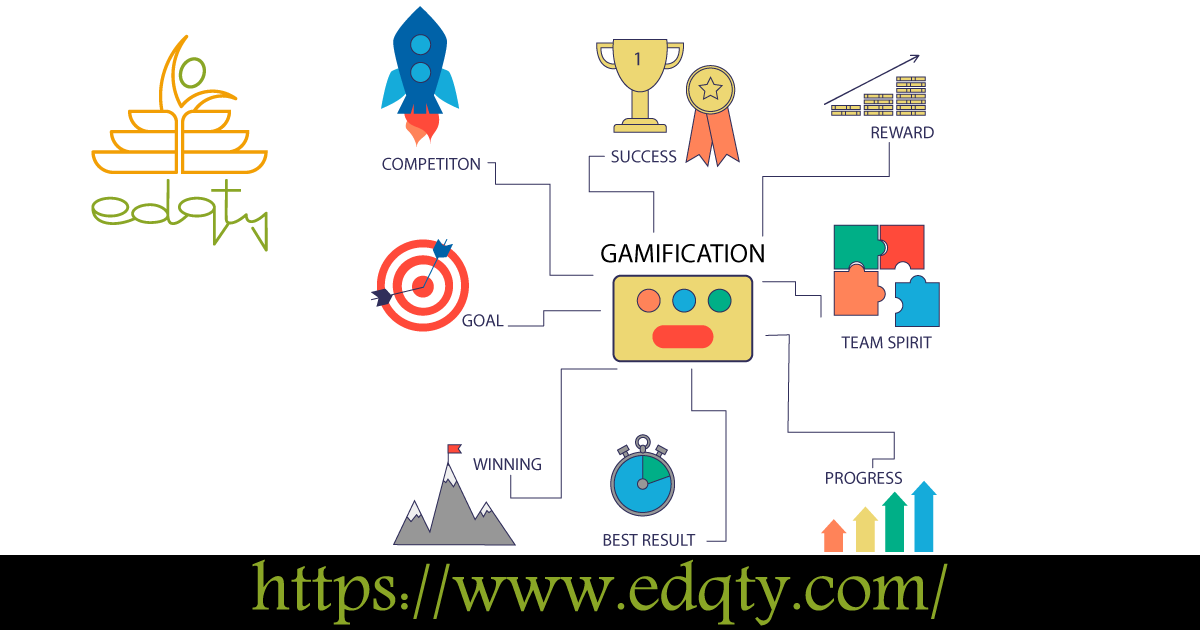
Long-term success depends on ongoing refinements that keep gamification relevant and exciting. Data from user progress, quiz scores, and time spent on tasks highlight areas needing attention. Teams can modify difficulty levels or introduce fresh challenges to prevent boredom and encourage skill growth. Regularly surveying learners unveils their preferences, revealing which features resonate and which ones need updates. Analysis of this feedback at the right time leads to solutions that cater to evolving needs and industry standards. Continuous improvement in organizations maintains dynamic experiences and sustains learner motivation in any environment. This iterative mindset ensures that every new cycle refines performance and strengthens educational impact.
A Step-by-Step Roadmap for Implementing Gamification in Training
A viable roadmap outlines the process for organizations in adopting every phase of gamification in their training programs. The planning phase itself involves setting goals and choosing the right platform with set timelines, deciding on budget allocations for software tools, developer fees, and the ones for the maintenance and updates required. After the draft of the plan, stakeholders review milestones ensuring this corresponds to the bigger picture of the business goals. This structure prevents confusion, ensures accountability, and gives staff the resources needed to succeed. With every phase mapped out, organizations can tackle potential issues early, lowering long-term costs and delays. The following steps highlight how to solidify these foundations and foster a thriving learning culture.

1. Setting Clear Objectives and Identifying Target Audiences
Begin by articulating why you want gamification in your training, whether it’s to increase retention or sales. Identify specific goals, such as reducing onboarding time by 30%, and tailor your game elements to those objectives. Knowing your audience is also critical, as older employees may require less complex interfaces than more tech-savvy recruits. This clear scope keeps your plan focused and aligns design decisions with meaningful, measurable outcomes.
2. Pilot Testing and Feedback: Refining Your Gamification Approach
A pilot phase tests your interactive learning system on a group before full-scale deployment. Collect feedback about clarity, navigation, and difficulty to hone in on weak areas quickly. Regular check-ins allow trainers to observe how participants respond to badges, leaderboards, or time-based challenges. If problems arise, small tweaks or bigger changes can be made without affecting all users. After the adjustments, the revised program is ready for a broader launch.
Common Questions About Gamification in Education and Training

Many wonder if gamification fits all training styles or only helps the tech-savvy audience. In truth, the method accommodates a variety of groups if it meets the objectives and available tools. The next question is cost, but smaller projects with simple badges can be inexpensive and successful. Others ask if game elements make light of serious topics, but thoughtful design keeps the content professional and meaningful. These concerns highly diminish through frequent updates, careful planning, and focusing on real-world challenges. Users often are concerned about privacy when sharing scores or badges, so secure platforms become an essential factor. By addressing such questions in advance, the organizations will help pave the way for smoother successful implementation.
Also Read: Podcasts in Education: How Audio Learning Transforms the Class
Conclusion: Gamification in Education
Gamification revolutionizes the development of content and training with playful methods that keep learners interested. Its core principles, like rewards and challenges, transform tedious lectures into real journeys with concrete results. With clear targets in place and supported by robust technology, these elements enhance retention and satisfaction. Continuous improvements keep the system fresh, while real-world examples show impressive gains in productivity and engagement. Whether you’re enhancing corporate onboarding or enriching a college curriculum, interactive learning fosters creativity and growth. Expert opinions underscore the method’s value, highlighting how practical challenges build real skills over time. As new technologies emerge, these strategies shape the future of education.








